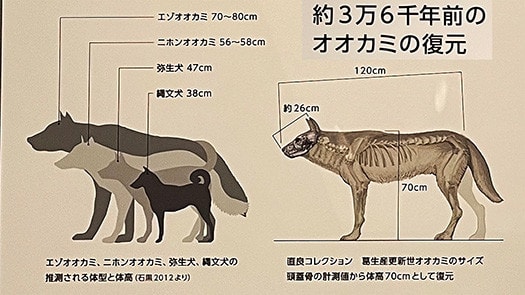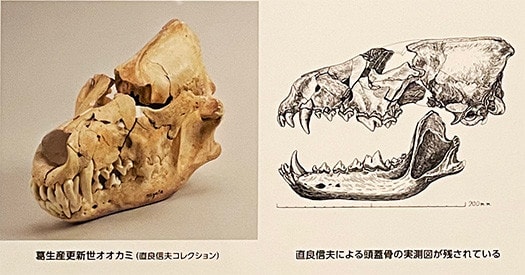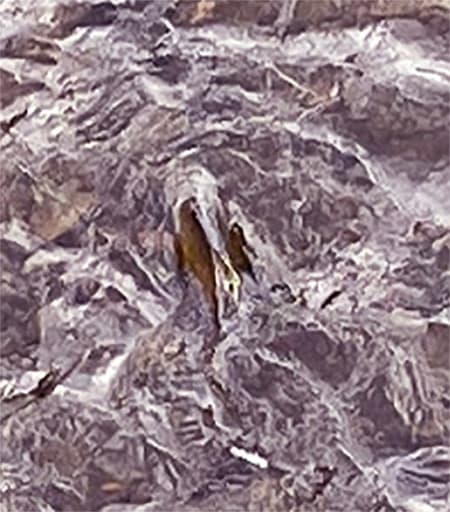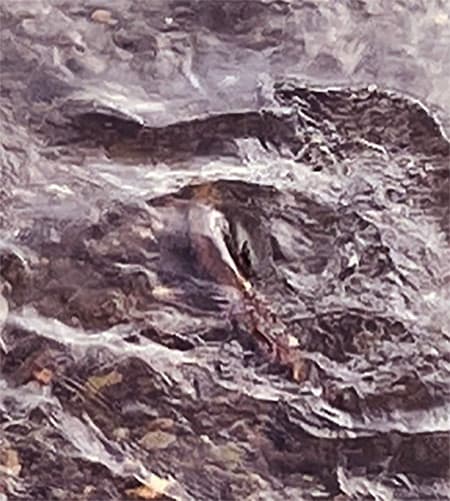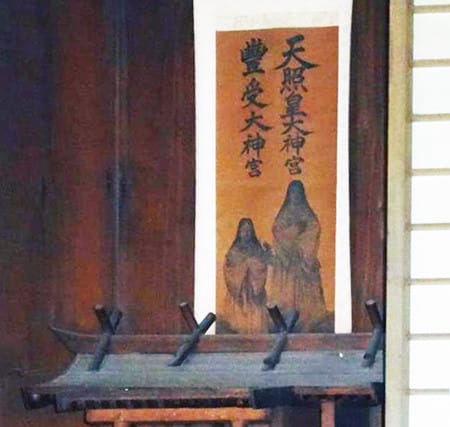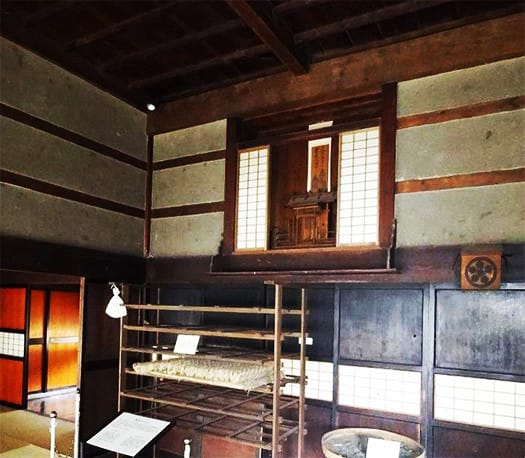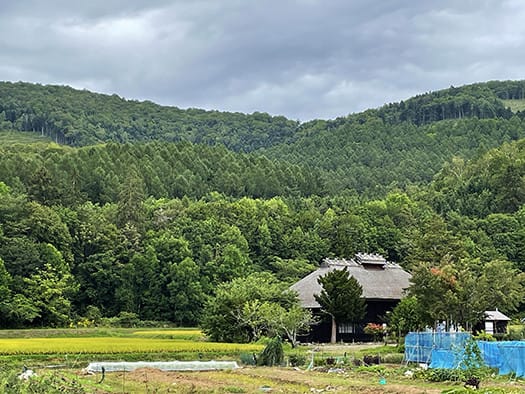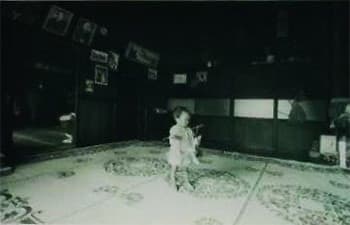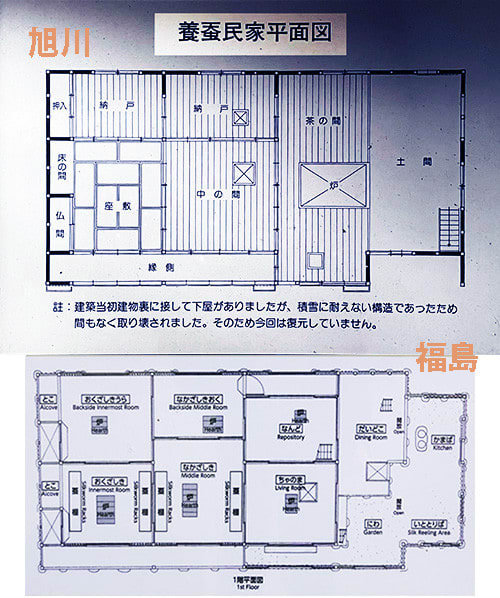

さて最近、ブログの記述は行きつ戻りつしておりますが、
せっかく「毎日書く」と決めているのでなるべくテーマを決めていきたい。
そうすることで「深掘り」が可能になり意欲も盛り上がります。
いまは国立歴史民俗博物館の「先史」研究の世界に沿って進めたいと思います。
題して「日本列島37,000年史」テーマ設定。
日本列島とそこに暮らす人類の歩みは過去37,000年スパンだという。
こういう年代特定はつい最近、確定してきた見解のようです。
人類史の時代相では旧石器時代から縄文以降〜現代までの期間。
で、その間の列島を覆った気候環境がどうであったか、
という点について、最新の研究による展示パネルが示されていた。
〜過去の気候や気温、古植生はグリーンランドや南極の氷床コア、
日本の長野県・野尻湖や福井県・水月湖の湖沼堆積物の花粉分析などによって
復元されてきている。日本列島の後期旧石器時代は
「寒冷だが安定した時期」だったとされている。一方、
およそ17,000年前からの縄文時代以降は温暖で安定期になる。〜
あまり熱心な勉強をしてこなかったダメ人間ですが、いまになって
もう一回、追試験的に興味深い研究成果に驚かされる(笑)。
っていうか、わたしが教育を受けた、いまから半世紀以上前の段階では
このような研究が確定されていなかった。結果、
実像がモヤに掛かったような状態で教育を受けていたのですね。
なのでまことに新鮮な感動とともに学習意欲が盛り上がってくる(笑)。
「そうなんだよ、こういうのを教えられていたらもっと勉強したのに」
と自分の努力不足を他者のせいにしようという不埒な考えも浮かぶ。
しかし、加齢後にこういう研究成果に触れられるのも無上の楽しさ。
老いてもこころは少年期に若返っていく思いです。
大まかに言うと縄文以降、温暖化が進んできたことで
さまざまな「社会発展」が連綿と始められたのだということがわかる。
よく「縄文海進」という現象を聞いていたけれど、
こういう気候変動がその起点になっていたことが明確ですね。
旧石器時代とは、適応すべき環境自体が大きく姿を変えた。
「海進」というほどだから、陸地が大きく減衰したけれど、
残った陸地は温暖化によって、樹相はむしろ豊富に多様になったことがわかる。
また、それまでの陸地が植生ごと海中になったことで
豊かな食環境が列島海岸に生まれ魚類資源はより豊富に多量になった。
まさに縄文期の生活文化環境が整っていった。
温暖化は圧倒的な暮らしやすさに繋がっただろう。
一方、狩猟採集の主要な生活道具として基盤的に石器の多様な文化があった。
それぞれの時期で動物相に対応して進化発展した様子が開示されている。
巨視的な人類環境の「見える化」で想像力も膨らんでいきますね。
English version⬇
How Did Climatic Conditions Change? The 37,000-year history of the Japanese Islands - 1]
Identification of prehistoric environmental conditions. Methods have been established and visualization has progressed. Exciting intellectual exploration reduced to a boy who loves history. ...
Well, lately, my blog entries have been going back and forth.
Since I have decided to write every day, I would like to write on a specific theme as much as possible.
This will allow me to "dig deeper" and motivate me to do so.
For now, I would like to follow the world of "prehistory" research at the National Museum of Japanese History.
The theme is "The 37,000 Year History of the Japanese Islands.
The history of the Japanese archipelago and its inhabitants spans 37,000 years.
This kind of chronological identification seems to be a view that has been confirmed only recently.
In the chronological phase of human history, it is the period from the Paleolithic Age to the Jomon Period and beyond to the present day.
The latest research on the climatic environment that covered the archipelago during that period is on display.
The exhibition panels were based on the latest research on the climatic environment that covered the archipelago during that period.
〜The past climate, temperature, and paleo-vegetation were analyzed using ice cores from Greenland and Antarctica, as well as ice cores from Lake Nojiri in Nagano Prefecture, Japan.
and pollen analysis of lake sediments from Lake Nojiri, Nagano Prefecture, and Lake Suigetsu, Fukui Prefecture, Japan.
The Late Paleolithic of the Japanese Archipelago The Late Paleolithic of the Japanese Islands was
cold but stable period" in the Japanese archipelago. On the other hand
The Jomon Period, which began about 17,000 years ago, was a warm and stable period. ~...
I have not studied very hard, but now I am going to
I am amazed once more by the results of interesting research as a follow-up exam (laugh).
I mean, when I was educated more than half a century ago
such a study had not been finalized. As a result
I was educated in a state in which the real image of the world was covered by a blur.
So, I was really moved by the fresh impression and eager to learn (laughs).
If I had been taught this kind of thing, I would have learned more.
I would have learned more if I had been taught this way," and the insolent thought of blaming others for my own lack of effort also comes to mind.
However, it is also a great pleasure to be able to experience the results of such research after aging.
Even in my old age, I feel as if my mind is rejuvenated to boyhood.
Roughly speaking, since the Jomon period, global warming has been progressing.
The Jomon period is a time when the warming of the earth's surface led to a series of "social developments".
I have often heard of the phenomenon called "Jomon Kaihin" (Jomon sea advance).
It is clear that this kind of climate change was the starting point of this phenomenon.
The environment itself, to which we should adapt, changed drastically from the Paleolithic period.
The land area was greatly attenuated by the "sea advance," as it is called, but the land that remained was affected by the warming of the climate.
The remaining land was warmed, indicating that the tree fauna became rather abundant and diverse.
In addition, the entire vegetation on the land that had previously been underwater has been transformed into a rich food environment.
The rich food environment was created on the coasts of the archipelago, and fish resources became more abundant and plentiful.
This is exactly the lifestyle and cultural environment of the Jomon period.
Global warming would have made life overwhelmingly easier.
On the other hand, there was a diverse culture of stone tools as the main tools of life for hunter-gatherers.
The evolutionary development of each period in response to the fauna is disclosed.
The "visualization" of the macroscopic human environment also expands our imagination.
















